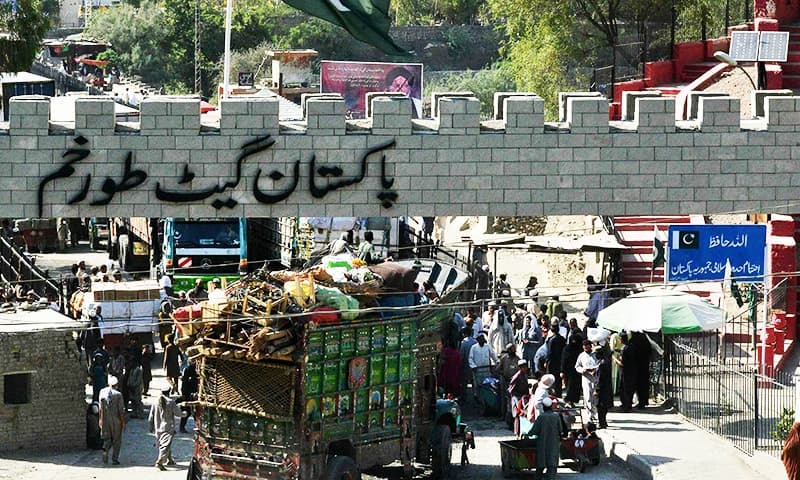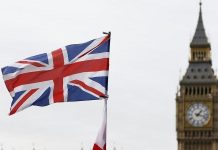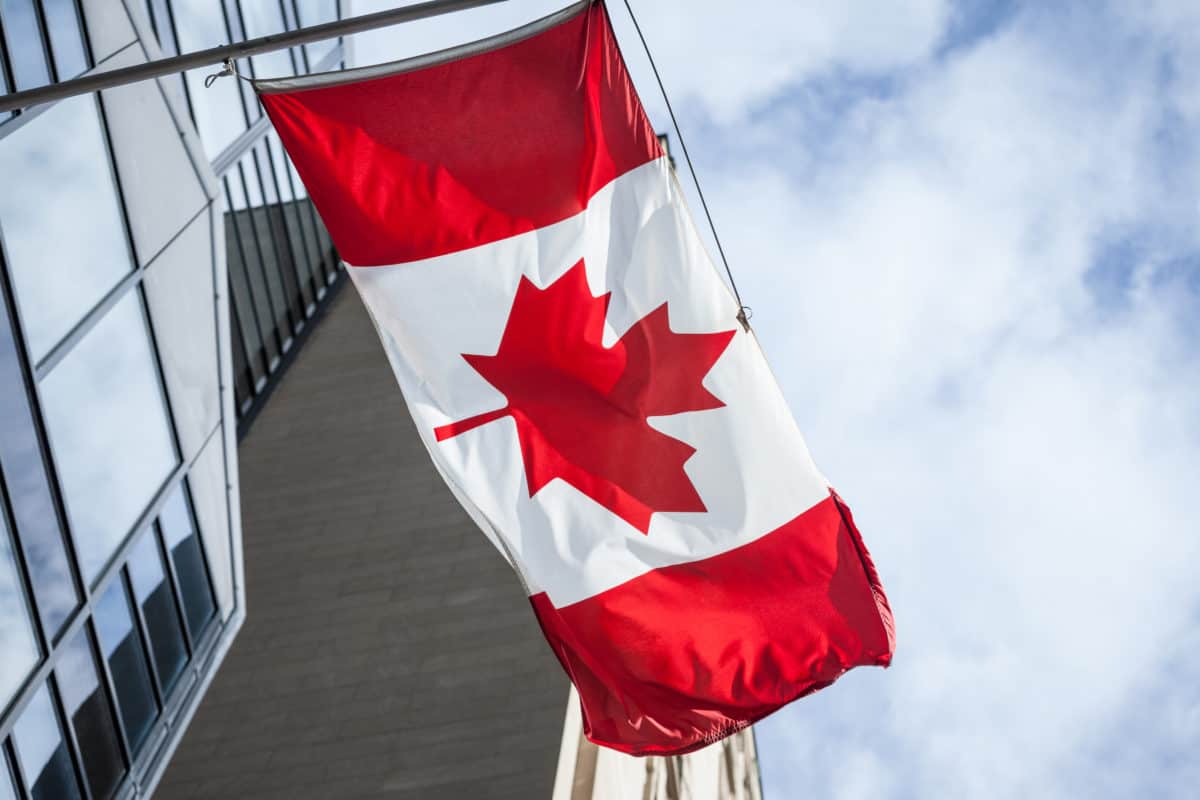VALLETTA, Malta: Five European Union nations have agreed to a temporary arrangement for disembarkation and relocation of migrants rescued in the central Mediterranean from human traffickers’ unseaworthy boats, with officials pushing for a wider deal involving more EU countries.
During talks in Malta, the interior ministers of France, Germany, Italy, Malta and Finland decided September 23 to share among their five countries migrants trying to cross from Libya – the deadliest migration route to Europe – who are pulled out of the sea by rescuers.
The deal will apply for two weeks, until an October 8 meeting of European Union interior ministers, when participants in the September 23 talks hope all or many more fellow EU countries will join the arrangement.
For more than a year, humanitarian ships which rescued migrants at sea were blocked by Italy and Malta from docking or disembarking their passengers to those countries. The anti-migrant policies caused repeated forced weeks-long standoffs until other EU nations stepped forward with pledges to take at least some of the migrants.
It is “crucial that we move away from ship-by-ship arrangements”, said Finland’s minister, Maria Osihalo.
She added that the limited deal struck aims to ensure that the rescue ships “find a safe harbor without delay, thus avoiding additional hardship for migrants, and ensuring swift relocation of asylum-seekers on a voluntary basis to other member states”.
The October 8 EU ministerial meeting in Luxembourg will give Spain and Greece the opportunity to seek solidarity over rescued migrants in the western and eastern Mediterranean respectively.
Italian Interior Minister Luciana Lamorgese said the exact percentages of rescued migrants each country would agree to take will ultimately depend on how many EU members eventually participate in the system.
But it appeared the five-nation accord would cover all boats rescuing migrants in the central Mediterranean, the route used by Libyan-based traffickers. Sometimes Malta’s or Italy’s military vessels perform the rescues, and occasionally a fishing or cargo ship plucks survivors from the sea.
Current EU rules say refugees and other asylum-seekers must stay in the country where they arrive while their cases are processed, but most migrants hope to reach northern Europe to find jobs or rejoin family members who have successfully emigrated there.
In Italian Premier Giuseppe Conte’s three-week old new coalition, Lamorgese replaced Matteo Salvini, whose right-wing League party has gained popularity at home with anti-migrant positions. Contending that such rescues essentially facilitate traffickers, Salvini refused to let charity boats dock in Italy to let off migrants.
Many of the migrants are fleeing poverty and not eligible for asylum. Italy, which saw hundreds of thousands of rescued migrants land on its shores in recent years before the crackdowns on humanitarian ships, has been stymied in repatriating most of those rejected for asylum.
Many migrant traffickers are based in largely lawless Libya. While awaiting a chance to sail to European shores aboard smugglers’ unseaworthy dinghies and fishing boats, migrants are kept for months or years in detention centers where they risk being beaten, raped, mutilated or forced into practically slave labor, survivors and UN officials say.
Spanish Interior Minister Fernando Grande-Marlaska is lobbying for a broader agreement for all the arrivals by sea. Spain and Greece took more migrants than any other EU nation last year.
More than 16,500 arrivals by sea have been recorded by Spain so far in 2019 and 33,000 by Greece.
In Greece, the refugee camp at Moria on the Aegean Sea island of Lesbos began turning away new arrivals last week as the number of people at the site exceeded 12,000, four times its intended capacity. AP







